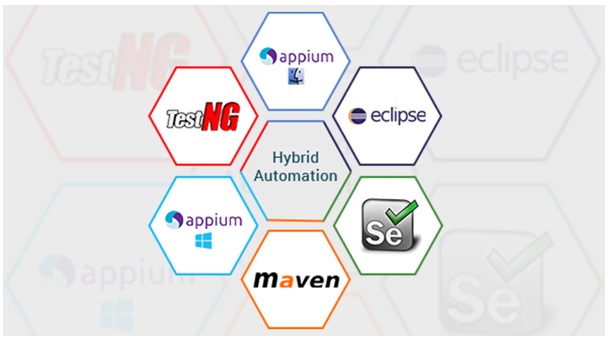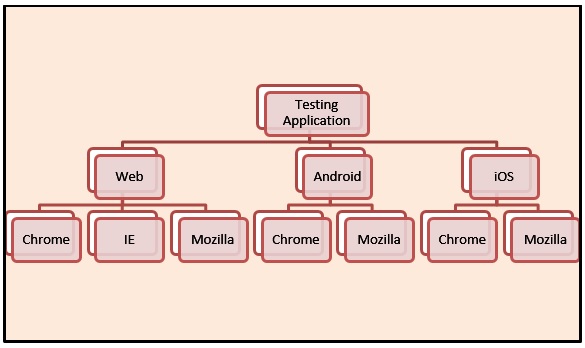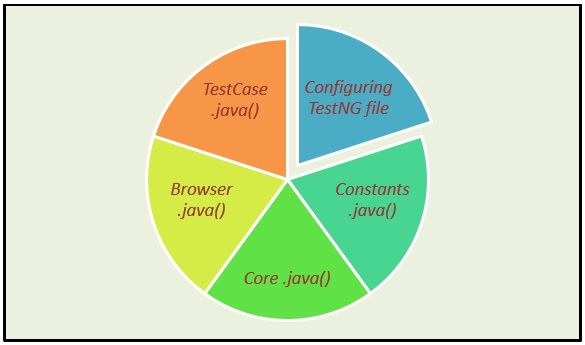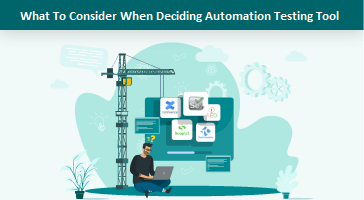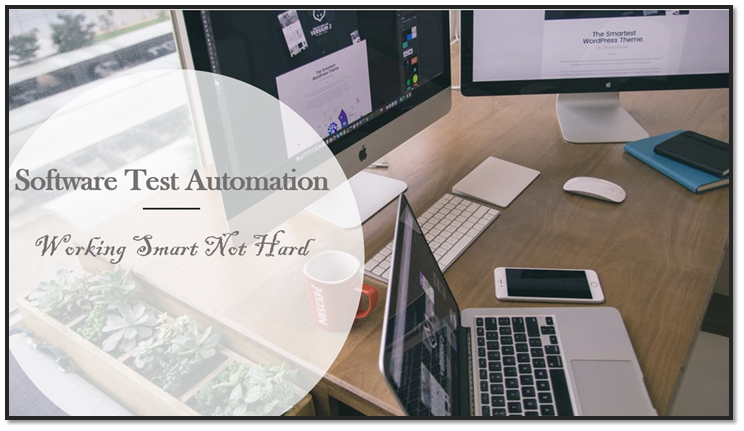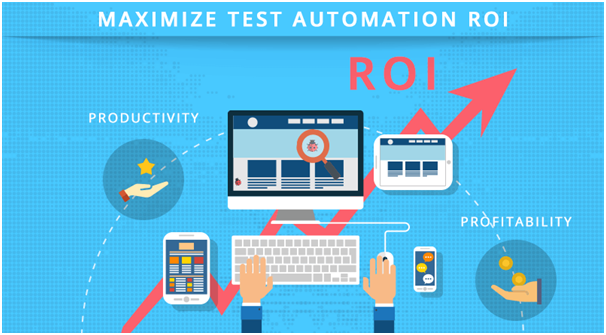“More than the act of testing, the act of designing tests is one of the best bug preventers known. The thinking that must be done to create a useful test can discover and eliminate bugs before they are coded – indeed, test-design thinking can discover and eliminate bugs at every stage in the creation of software, from conception to specification, to design, coding and the rest.” – Boris Beizer.
As rightly said above, in today’s fast paced and competitive environment where are there are thousands of requirements and millions of software applications based on those, there have to be equally paced automation testing environments and frameworks to support the ever important quality aspect of those applications. Now in the era of Cross-platform, HTML5 and Responsive design, it is highly significant that the software application executes without any hassles on any type of instrument, be it a smart phone, a tablet, a laptop or a desktop. Even the browser types could be different and varied. What is expected as a perfect output is the functioning of the app without any fluctuating design and with utmost performance.
In order to achieve the above, automation testing frameworks are being built to cater to these needs. Again, the challenge lies in automating the testing in such a way that it can easily and swiftly be tested in all necessary environments. Some places the emphasis may be on laptops and desktops, some places may opt more for mobiles and smart phones and certain sites may have all of them together. This can be achieved by a traditional way of testing each of the possible options on their standardized framework, which does ensure quality but is sure to take up time. Today, the call is on Hybrid Automation Testing Frameworks, which are innovative and modern and can test all different kind of scenarios together to give out results in no time. These hybrid automation testing frameworks would help to test a diverse set of applications viz. Web applications in browsers and mobiles, Android applications, iOS Applications using one framework. This framework would be built based on open source tools and is considered a very robust framework.
Components Essential for Hybrid Automation Testing Framework
An ideal hybrid automation testing framework is a combination of all below techniques, taking the best of each and leaving out their worst.
A Typical Hybrid Automation Testing Scenario
This is a typical case wherein your application is to be tested on a variety of devices as well as browsers, each with a typical combination. This is where a Hybrid Automation Testing setup is essential and plays an important role.
Structure of Hybrid Automation Testing Framework
- Configuring TestNG file
Test cases will be executed as per the specifications provided in TestNG file. There is a single hierarchy which is normally followed and there are some parameters which are given in TestNG.xml. The type of browser to be initialized and the test cases to be executed can be configured in TestNG file. Depending on the parameters provided it will select the test class to be executed.
- Constants.java()
In the Constants file we can define location of different elements to run the test. E.g. If we have one application that runs on three different platforms, then we can have three different classes in one java file.
- Core.java()
This class contains the methods which are commonly used for all applications. E.g. finding elements is a generic method for all applications and hence it can be included in the core class.
- Browser.java()
We can create methods here and based on methods, we can run the test cases. E.g. if we have a set up including Web application, Web application in Mobile (Android and iOS), Android app and iOS app, there have to be different methods which will be compatible to each. These methods have then, to be called in the TestCase.java ().
- TestCase.java()
We can create different test case files here and hence based on the requirement, we can add web test cases here. E.g. if we presume the above scenario, we have to add the web test cases for the Web application, Android app and iOS app in three different java files. So based on the requirement of the application we can run test cases based on the set parameter in TestNG.xml file. This class will extend Browser.java() class.
Software Testing Solution, your testing partner, offers a range of QA and Manual / automated software testing services encompassing the entire software release lifecycle. With a stringent focus on quality and processes, we have been implementing several testing projects in a multitude of technologies.
Request for a Free POC to test drive our services.
